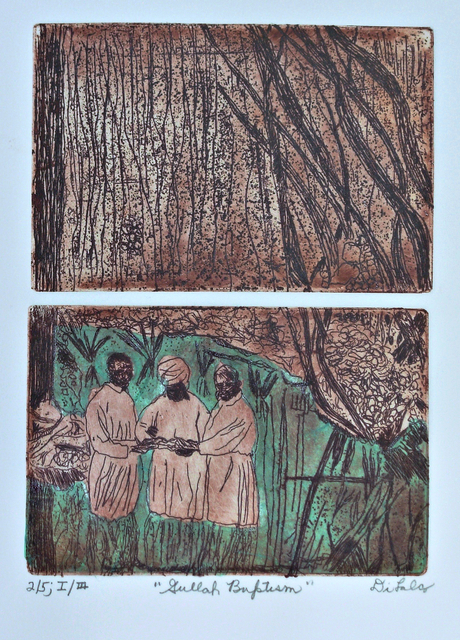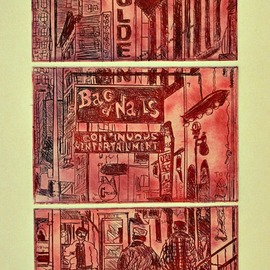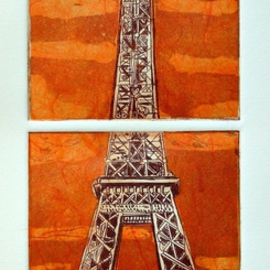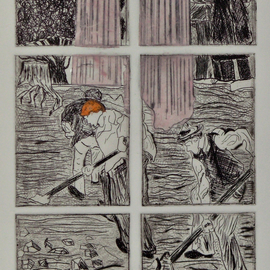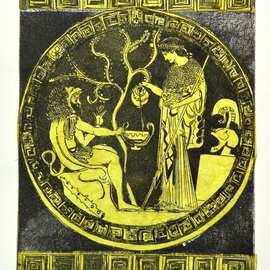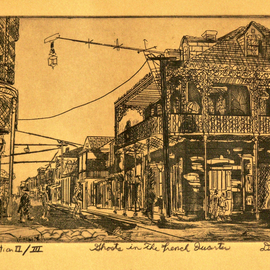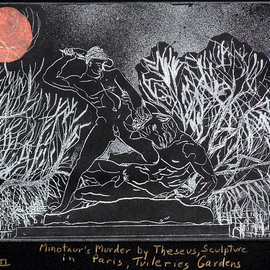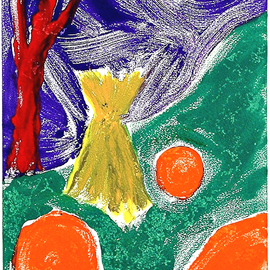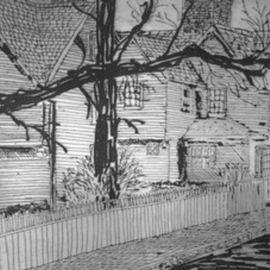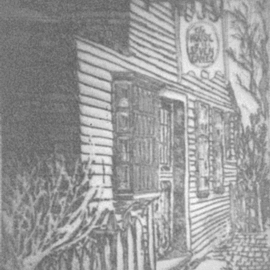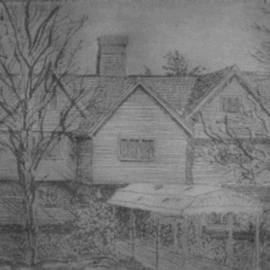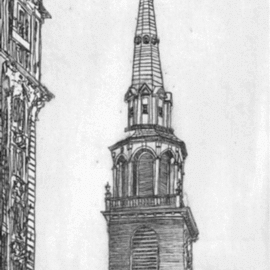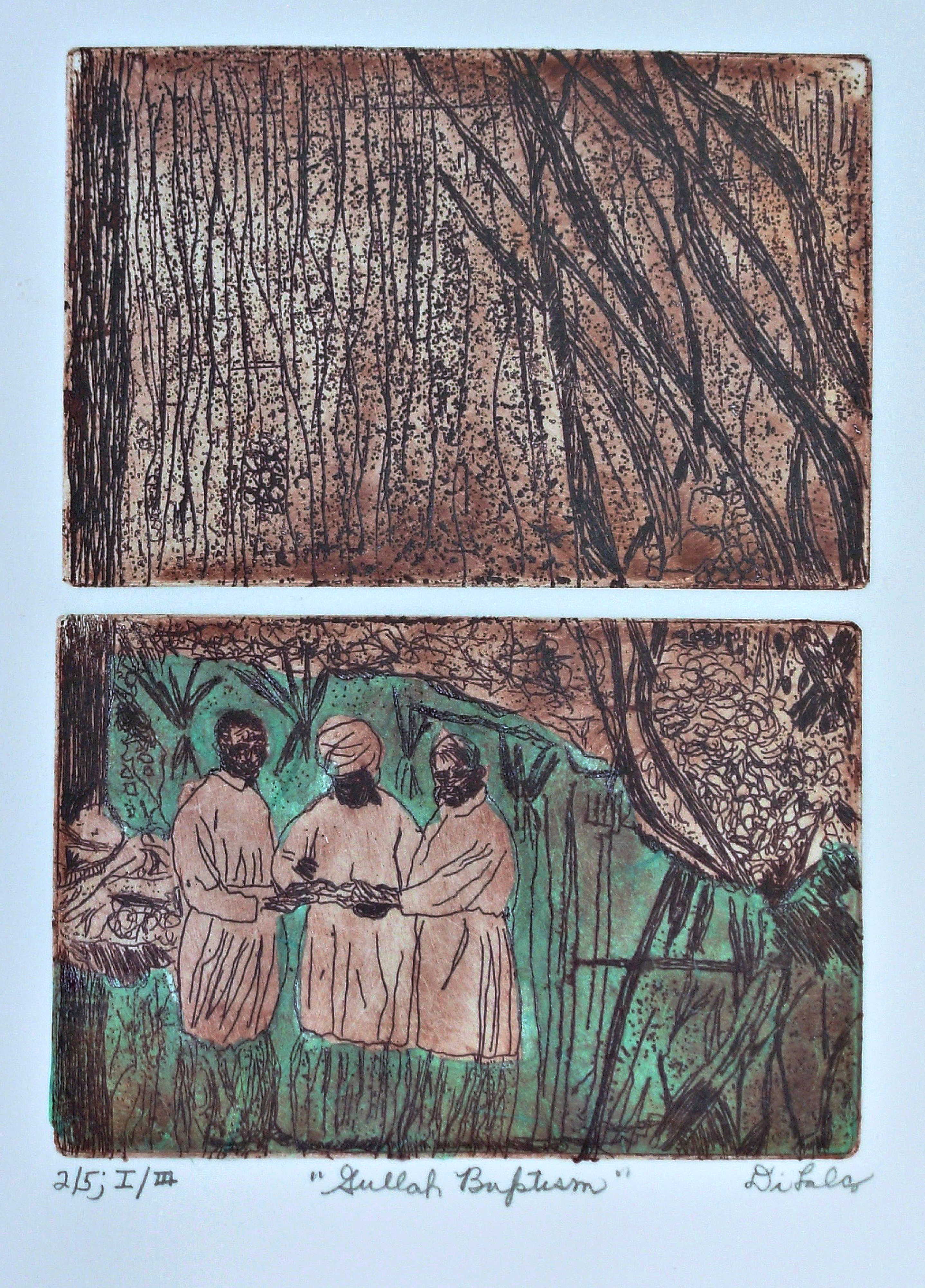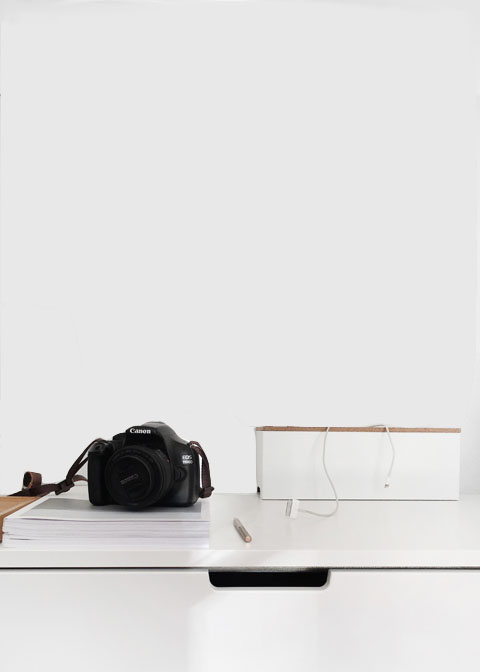Gullah Baptism Printmaking By Jerry Di Falco
Artwork For Sale ❯ Printmaking ❯ Jerry Di Falco ❯ History ❯ Gullah Baptism
Artist:
Jerry Di Falco
Title:
Gullah Baptism
Price:
Year:
2021
Medium:
Size - (USA):
11 W x 15 H x 0.1 D (inches)
Size - (metric):
27.9 W x 38.1 H x 0.3 D (centimeters)
Theme:
Edition:
Original
Artwork ID:
640378
PDF Copy:
Artwork Description:
DiFalco’s inspiration for this enigmatic work began during his research into the Gullah People, a community of freed and escaped African American slaves that settled on islands off South Carolina’s Coast long before slavery’s was end. These people developed their own Creole culture and language, and their proud Desecendents still thrive on the same island off of South Carolina today. The Gullah People continue to be noted for their intricate basket weaving and beautiful pottery. Doris Ulmann, an American photographer1882-1934 , documented the Gullah’s lifestyles, crafts and customs in the early part of the Twentieth Century. One of her photos depicts a baptism in a riverand it was this image that captivated DiFalco. He created five original drawings based on Ulmann’s photo and translated one of these into an etching. DiFalco has limited this etching to just three editions of only five prints per edition. These editions will be executed in a different ink and paper color scheme. After the third edition’s printing, DiFalco plans to create five additional etchingseach of these will be enhanced with watercolors and gouache, making the final run into a series of one-of-a-kind artworks that combine printmaking with painting. This hauntingly mysterious intaglio and aquatint etching by Jerry Di Falco was executed in oil base ink from Paris--Charbonnel brand--printed on RivesBFK white etching paper, also manufactured in France. DiFalco also incorporated the Chine colle process, which required treated mulberry bark paper from Thailand. A description of this technique is added at the end of the description. This etching comes with a wood and glass frame and a museum quality mat. Brown craft PAPER IS GLUED to the frame back of the frame to protect the etching. The work ships to the collector in a sturdy cardboard box, and the frame measures about 17inches high inches by 13 inches wide. The work is wired and ready for hanging. The work is executed on two zinc, etching plates that were developed in five separate Nitric acid baths. The use of multiple plates is a Di Falco trademark in his attempt to make his viewers see his scenes through a window. The print size is about eleven inches wide by fifteen inches high, and each zinc plate measures six inches wide by four inches high. A space of about .25 inches separates the top and bottom plates. This makes the printed image size to be about 8.25 by eleven inches wide. DiFalco printed and published this work of three editions at The Center for Works on Paper in Philadelphia, Pennsylvaniahe used an industrial size press made by Charles Brand in New York City. The following outlines Di Falco’s Chine collé, or Chinese Pasting, etching technique. Methylcellulose powder is reconstituted with spring water and applied to hand-dyed mulberry bark paper infused with kozo threadsBrand Name Unryufrom Thailand. The treated paper is then allowed to dry overnight and then cut to fit the etching plate areas where color is desired in the finished print. These stenciled and hand-cut mulberry-bark papers are first dampened and next placed upon the already inked and wiped etching plate. The printing process continues, and a multi-colored image on paper results. Side note about Kozo In Japan, Unryu translates as CLOUD DRAGON paper because it has long swirling threads of kozo fibers integrated in it, thereby giving the texture and visual effect of clouds. Kozo fibers come the branches of the kozo bush, specifically the innermost of three layers of bark, which must be removed, cooked, and beaten before the sheets are formed. Kozo is harvested annually.
Artwork Keywords:
Gullah People, Slavery, African American, South Carolina, Water Baptism, Dorris Ulmann, Cr, Original Printmaking
